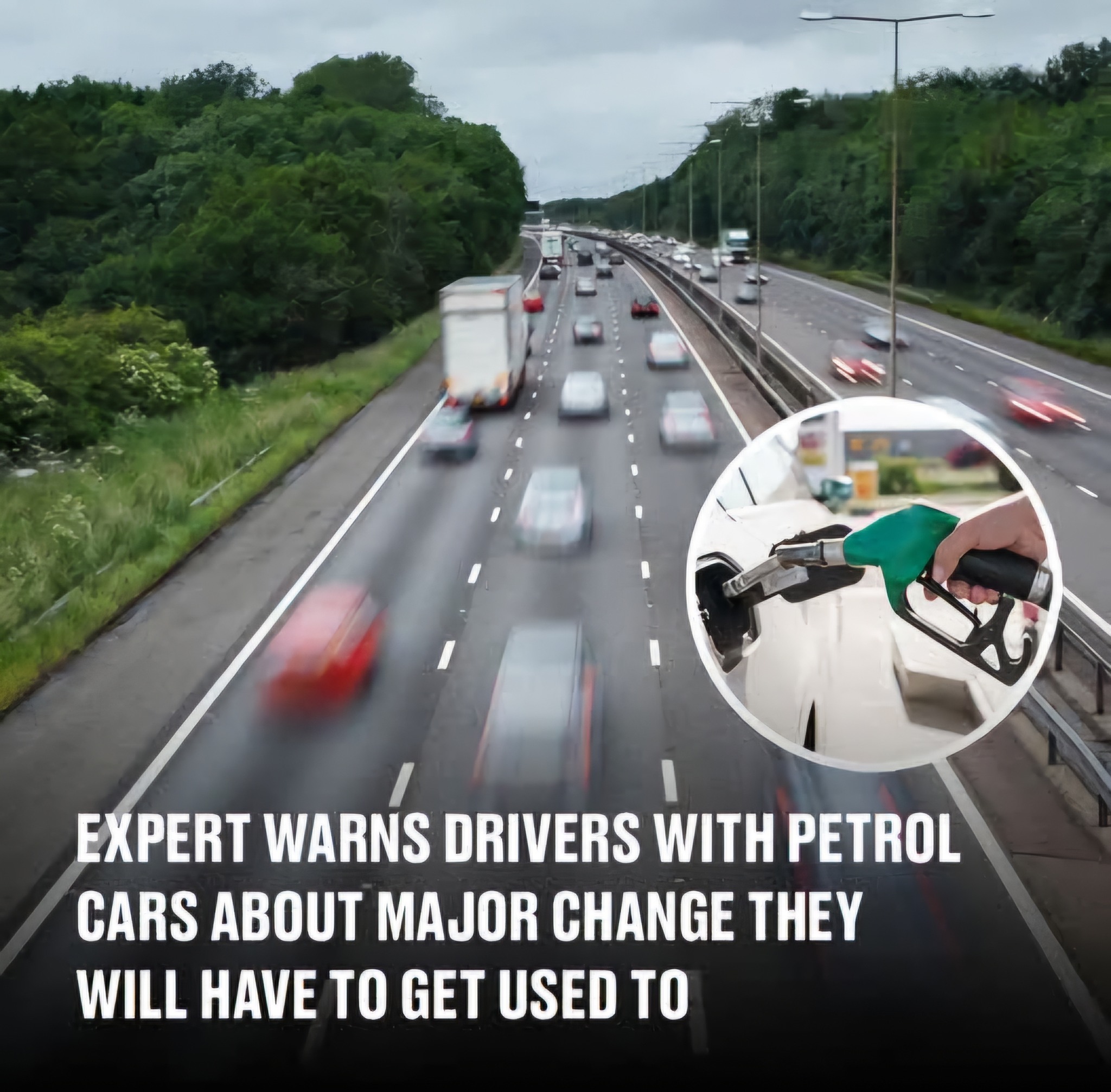The transition from gas-powered vehicles to electric vehicles (EVs) is no longer a distant concept—it’s an inevitable reality unfolding rapidly across the globe. Governments worldwide, including the UK and Canada, are laying out clear roadmaps to phase out traditional gas-powered cars. The UK plans to ban the sale of new petrol and diesel vehicles by 2030, with hybrid models following by 2035. Similarly, Canada has committed to achieving 100% EV sales by 2035. While these deadlines might seem far off, experts are urging gas car drivers to start preparing now. The shift isn’t just about buying a new car—it’s about embracing an entirely different driving landscape.

One of the biggest adjustments gas car drivers will face in this new era is adapting to automatic transmissions. Unlike traditional vehicles that often feature manual gearboxes, EVs are gearless. Stuart Masson, an automotive expert from The Car Expert, describes this change as “car industry 2.0.” EVs offer a smoother, more simplified driving experience, but for those who’ve spent years driving stick shifts, this transition might feel strange at first. The tactile, hands-on nature of manual transmissions will be replaced by the seamless hum of electric motors. For many drivers, it will take time to feel fully comfortable with the difference, but experts believe the simplicity of EV operation will ultimately win them over.
Another inevitable shift will be the gradual decline of gas stations. While they won’t disappear overnight, their numbers will steadily decrease as EV adoption rises. For those who plan to hold onto their gas-powered cars, this means planning trips more strategically, especially longer journeys. In many ways, this mirrors the early days of EV ownership when drivers relied heavily on maps to locate charging stations. In Canada, automakers are required to hit incremental EV sales targets: 20% by 2026, 60% by 2030, and a full 100% by 2035. Gas-powered cars already on the road will still be drivable for years, but the ease of finding a nearby gas station will become less certain. Drivers will need to plan fuel stops more deliberately as the infrastructure supporting gas cars begins to shrink.
As the transition to EVs accelerates, another common concern emerges: range anxiety. This term refers to the fear of running out of power before reaching a charging station. Stuart Masson, however, argues that range anxiety is often exaggerated. According to him, the average daily trip for most drivers is about nine miles, and modern EVs can now travel up to 250 miles on a single charge. For the majority of daily commutes, this range is more than sufficient. Ironically, gas car drivers might eventually face their own version of range anxiety as gas stations become less common. In the near future, planning fuel stops will become a necessity much like EV drivers had to plan charging stops in the early days of adoption.
To make the transition smoother, governments and private companies are investing heavily in expanding EV charging infrastructure. In Canada, over 25,500 charging ports are already operational, with plans to increase that number to 33,500 by 2026. While most of these stations are currently concentrated in provinces like Quebec, Ontario, and British Columbia, nationwide efforts are in place to ensure accessibility even in remote areas. This infrastructure build-out is a critical piece of the puzzle, providing EV owners with the confidence they need to transition fully to electric mobility.
Financial incentives are also playing a key role in encouraging EV adoption. Governments are offering rebates and subsidies to help offset the higher upfront costs of electric vehicles, making them more appealing to consumers. Automakers, too, are being rewarded with credits for meeting EV production targets or investing in public charging networks. These incentives not only ease the financial burden for consumers but also create a sense of urgency for both automakers and buyers to join the electric revolution sooner rather than later.
For those who aren’t ready to give up their gas-powered cars, there’s no immediate cause for panic. Stuart Masson reassures drivers that they’ll still be able to drive their gas vehicles for decades to come. However, the broader automotive industry is moving full speed ahead toward electrification. Whether drivers embrace the change early or hold out as long as possible, they’ll eventually need to adapt to a world where electric vehicles dominate the roads.
Preparing for this shift isn’t just about buying an electric car—it’s about adjusting mindsets, understanding new technologies, and being aware of changes in infrastructure. Drivers who start paying attention now, who learn about EV charging networks, and who begin to understand the nuances of EV ownership will have a smoother transition when the time comes. Experts emphasize that while the shift may feel gradual, it’s already happening. The earlier drivers start preparing, the easier it will be to navigate the changes.
The road ahead looks different, but it’s also filled with promise. The transition to electric vehicles brings cleaner air, quieter streets, and a significant reduction in carbon emissions. While the driving experience might evolve, the fundamental act of getting behind the wheel and heading out on the open road will remain the same. The shift may feel daunting at first, but with preparation, education, and an open mindset, drivers will discover that the future of transportation is not only cleaner but also smoother, more efficient, and ultimately, more rewarding. The era of electric mobility is here, and the time to get ready is now.